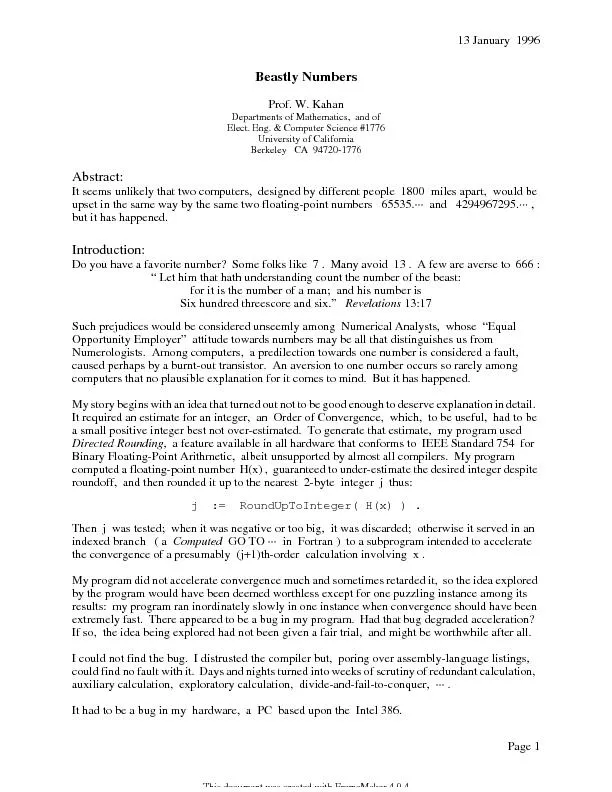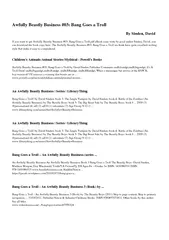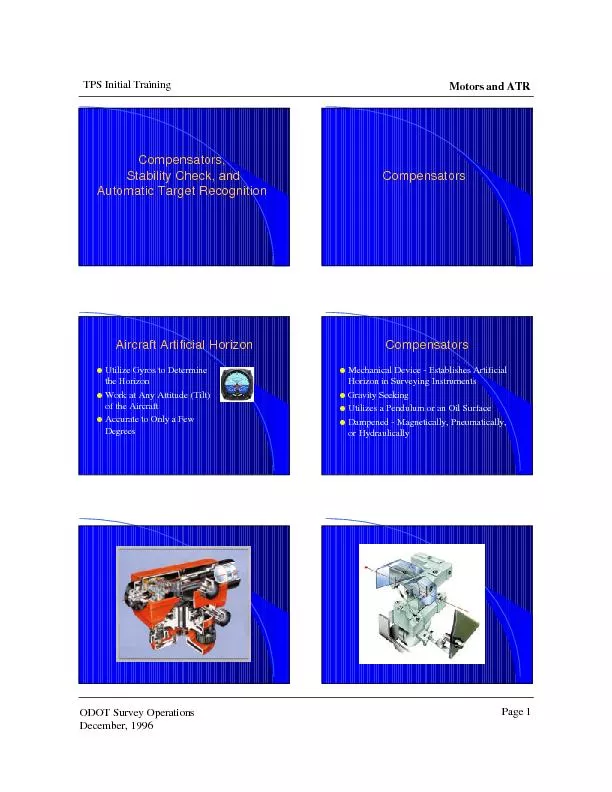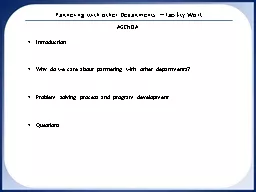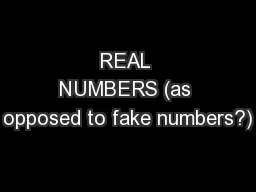PDF-13 January 1996Page 1 Beastly Numbers Prof. W. Kahan Departments of M
Author : phoebe-click | Published Date : 2016-03-02
13 January 1996Page 2 Two Computers Better than One An Intel Pentium
Presentation Embed Code
Download Presentation
Download Presentation The PPT/PDF document "13 January 1996Page 1 Beastly Numbers P..." is the property of its rightful owner. Permission is granted to download and print the materials on this website for personal, non-commercial use only, and to display it on your personal computer provided you do not modify the materials and that you retain all copyright notices contained in the materials. By downloading content from our website, you accept the terms of this agreement.
13 January 1996Page 1 Beastly Numbers Prof. W. Kahan Departments of M: Transcript
Download Rules Of Document
"13 January 1996Page 1 Beastly Numbers Prof. W. Kahan Departments of M"The content belongs to its owner. You may download and print it for personal use, without modification, and keep all copyright notices. By downloading, you agree to these terms.
Related Documents

